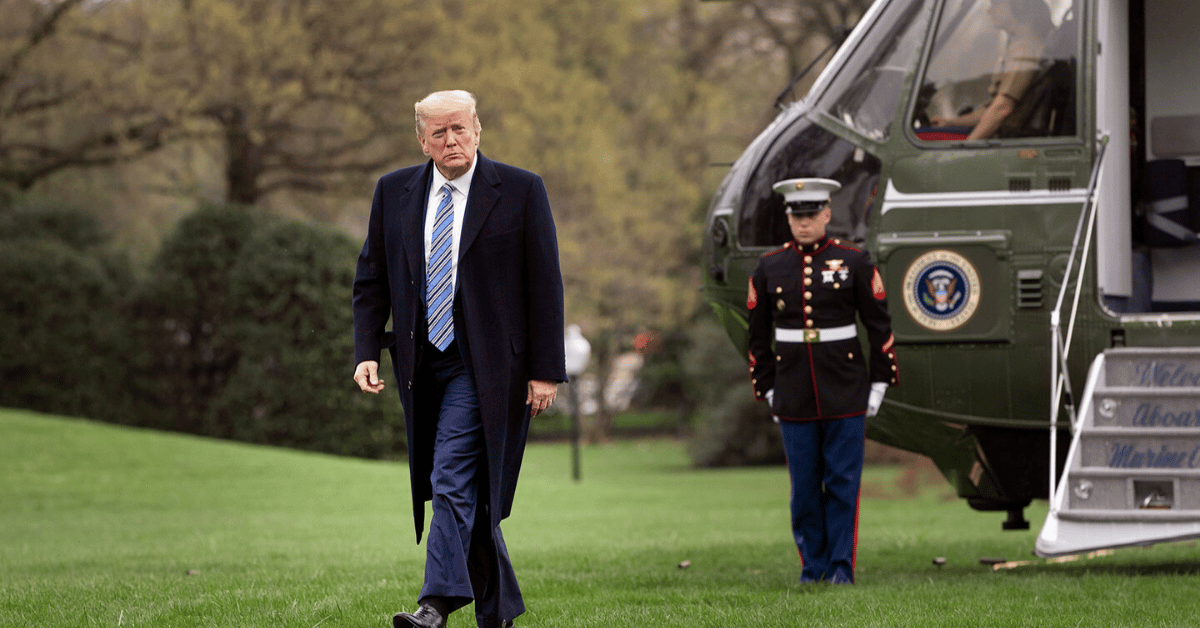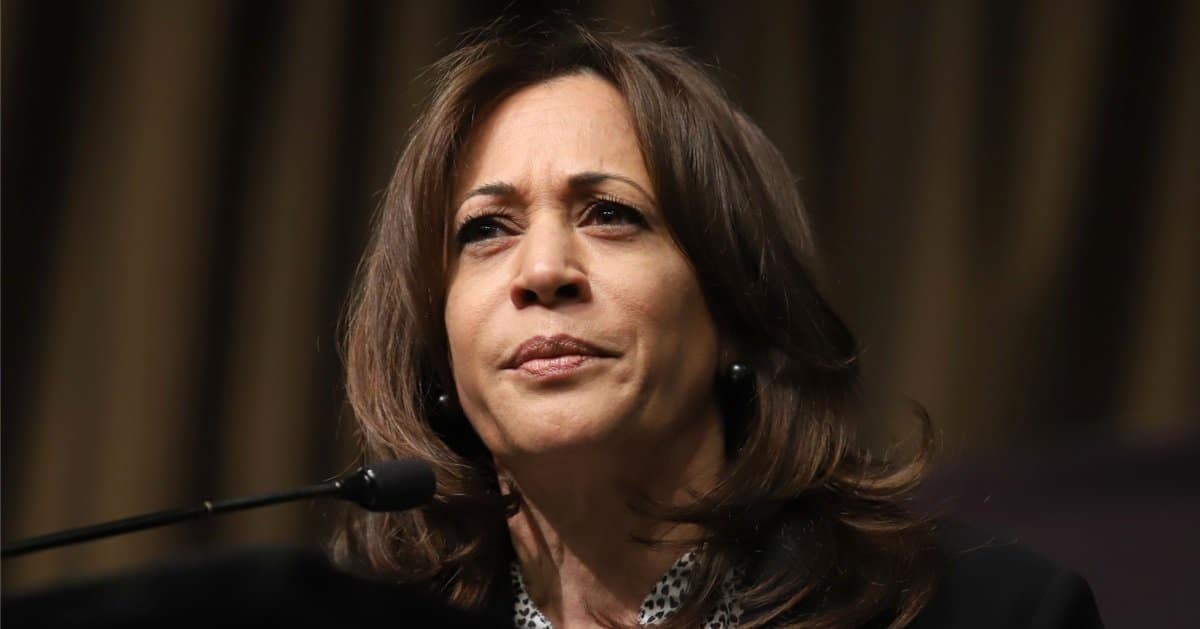


Brace yourselves for a rare glimmer of hope in the Middle East: Hamas has agreed to release 20 living Israeli hostages as early as Sunday, a day ahead of the anticipated Monday handover, under a groundbreaking peace deal orchestrated by President Trump.
The New York Post reported that this historic agreement, finalized just last week, signals a potential end to over two years of brutal conflict sparked by the Hamas attack on October 7, 2023, with provisions for hostage releases, a ceasefire, humanitarian aid to Gaza, and a framework for the region’s reconstruction.
The conflict’s roots trace back to that horrific day in 2023 when Hamas launched a devastating assault, taking numerous hostages, of whom 20 are confirmed to be still alive and now set for release.
On September 29, 2025, President Trump unveiled a 20-point peace plan for Israel and Gaza, earning applause from European and Arab allies who rarely agree on much beyond their disdain for American resolve.
Israel quickly backed the proposal, and after intense negotiations with mediators, Hamas gave its nod late Wednesday evening, proving even the most stubborn players can be brought to the table when the right leader steps up.
By late Thursday, Israel’s cabinet voted to approve the deal, setting the stage for a ceasefire that took effect on October 11, 2025, with jubilant crowds waving Israeli and U.S. flags in Tel Aviv’s “Hostages Square.”
Hamas has confirmed readiness to free all 20 living hostages in a single handover to the Red Cross, using six to eight vehicles, with strict instructions to avoid any propaganda stunts during the transfer.
“All 20 will be released together at one time to the Red Cross and transported among six to eight vehicles without any sick displays by Hamas, the terror organization,” said Shosh Bedrosian, spokesperson for the Israeli Prime Minister. Let’s hope Hamas sticks to the script and spares us the theatrics—peace doesn’t need a sideshow.
While the original plan slated the release for early Monday—737 days after the initial abductions—Hamas notified Israel of the potential Sunday handover, a move that caught even seasoned observers off guard.
Israeli Prime Minister Benjamin Netanyahu has made it clear his nation is on standby, eager to welcome the hostages home at a moment’s notice, regardless of the exact timing.
“Israel is prepared and ready to receive all of our hostages,” Netanyahu declared immediately. It’s a powerful statement, though one wonders if the emotional scars of over two years in captivity can ever truly heal, no matter how swift the reunion.
Meanwhile, President Trump is set to arrive in Israel early Monday to address the Knesset before heading to Egypt to commemorate this hard-fought agreement, a fitting capstone to his diplomatic push.
Beyond the hostage release, the deal mandates a 72-hour window for Hamas to hand over the living captives, with additional time expected to recover the remains of at least 28 deceased hostages, though Hamas claims ignorance of some locations—a convenient excuse that raises eyebrows.
Humanitarian aid is also rolling in, with 400 trucks loaded with 9,000 tons of essentials like medical supplies and fuel prepared to enter Gaza, meeting a minimum flow rate set back in January, while Palestinians were spotted returning to Gaza City on October 12, 2025. It’s a start, but let’s not pretend aid alone fixes decades of dysfunction or erases the need for accountability.
Finally, Israel’s Defense Minister Israel Katz insists on dismantling what remains of Hamas’ tunnel network—estimated to be 60% to 70% intact—post-release, alongside international efforts to rebuild Gaza, a daunting task that will test even the most optimistic visions of peace.
If Trump’s deal can pull this off without caving to the usual progressive platitudes about endless compromise, it might just redefine what’s possible in this tortured region.



